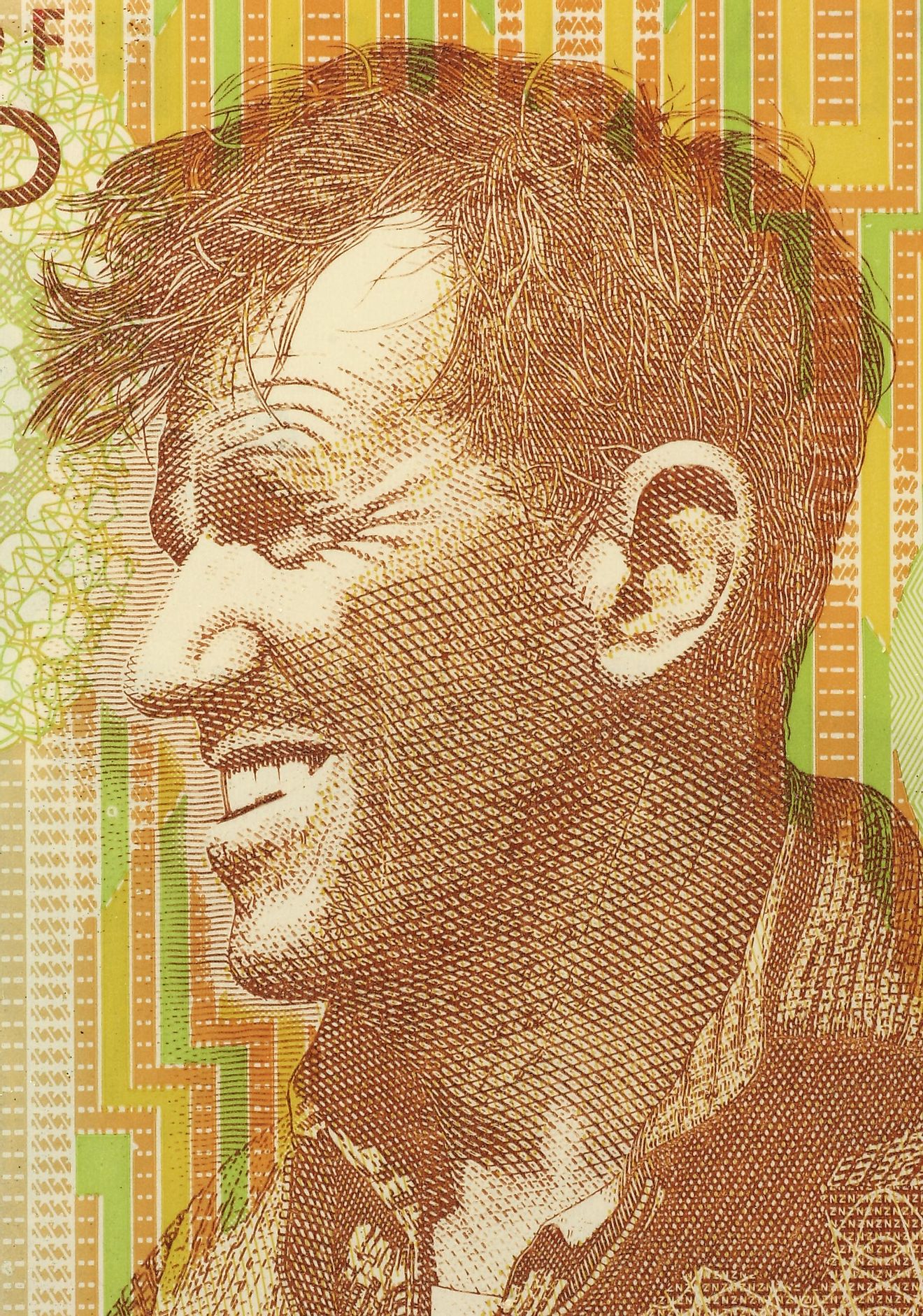Edmund Hillary: Famous Explorers of the World

5. Early Life
Born on July 20, 1919, in New Zealand, Edmund Percival Hillary spent his formative years in South Auckland. His once quiet and shy demeanor was eroded by the boxing lessons that gave him a new found confidence in his school years. Hillary attended Auckland University, studying mathematics and science, before joining the family bee-keeping business. In 1939, Hillary climbed Mt Olivier, which marked the first mountain peak he reached at 6,342 feet (1,933m). In 1944, Hillary joined the New Zealand Royal Air Force in World War II. Hillary had to persuade his farther to allow him to join, as bee-keeping was considered a reserved occupation, and exempted him from conscription. Following a boat-related accident, he spent some time recovering in the Southern Alps. This is where he met Harry Ayres, a famous climber and future mentor of Hillary. His interest in climbing really took hold following World War II, when he joined a Himalayan expedition out of New Zealand. Hilary gained notoriety as he reached the summit of peaks that had previously remained unconquered throughout this expedition.
4. Career
By the age of 32, Hillary was an extremely accomplished climber and proud member of the British Everest Reconnaissance expedition to Nepal. This was the first step to reaching the highest peak in the world. Hillary’s greatest and most celebrated achievement came with becoming the first person to reach the summit of Mount Everest on May 29, 1953. When asked how the ascent had gone, he famously replied with, "We knocked the bastard off." He was knighted, and became Sir Edmund Hillary, an honor that was accepted on his behalf before he could object, as Hillary was not an advocate for titles.
3. Discoveries
As more visitors became interested in the Himalayas, Hillary grew concerned with the impact that the increased traffic would have on the surrounding environment. At his insistence, the area surrounding Everest was declared a national park. This initiative has protected the local forests, and also limited the amount of tourists allowed to visit each year. Following the success of reaching the summit of Everest, Hillary looked for other areas of the globe to explore. As such, Hillary became the leader of a New Zealand exploration of Antarctica. In this role, he was a member of the team that used motor vehicles to explore the South Pole in 1958.
2. Challenges
Though meek as a young child, by adulthood the strong personality he became so well-known for had developed to a significant degree. Once he had conquered the highest peak in the world, Hillary began to focus on more philanthropic goals. He took a particular interest in improving the conditions of the people of Nepal. He concerned himself with improving infrastructure, education and healthcare. This led to the construction of airstrips to allow the transportation of goods and materials, and the further development of Nepal's tourism industry.
1. Death and Legacy
New Zealand held a state funeral for Hillary, following his death on January 11, 2008 in Auckland. Hillary had died of heart failure. Hillary is enormously respected in his home country, as well as internationally, to this day. The Sir Edmund Hillary Foundation encourages children throughout New Zealand to climb hills and other sites to honor him. The government of Nepal chose to celebrate the 50th anniversary of Hillary reaching Everest’s summit by making him an honorary citizen of Nepal.







